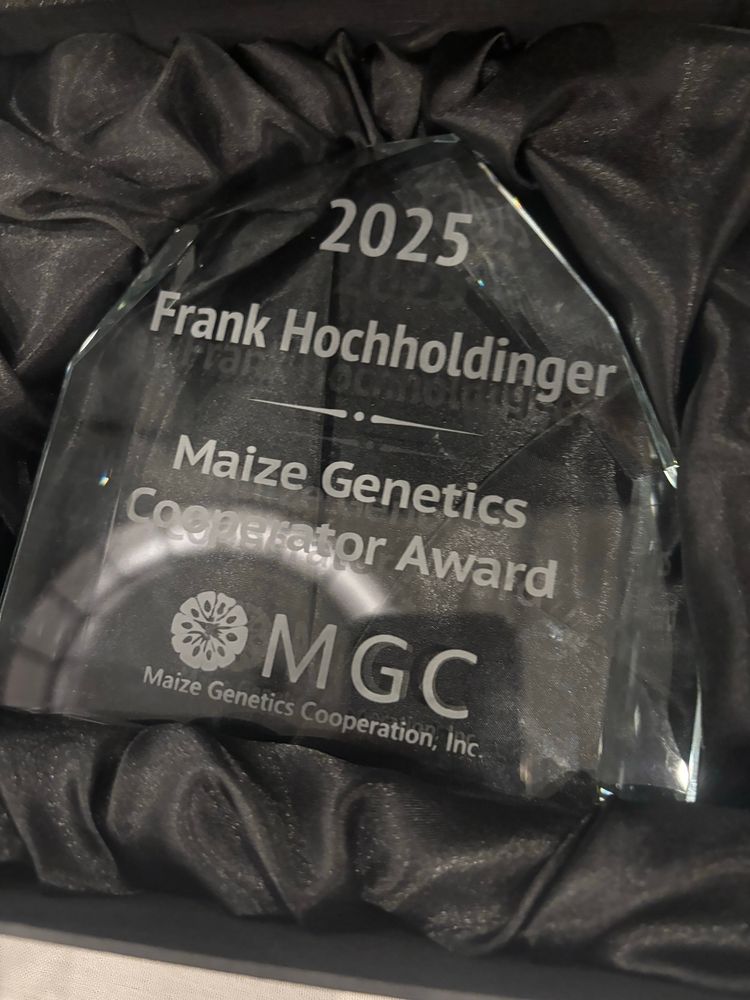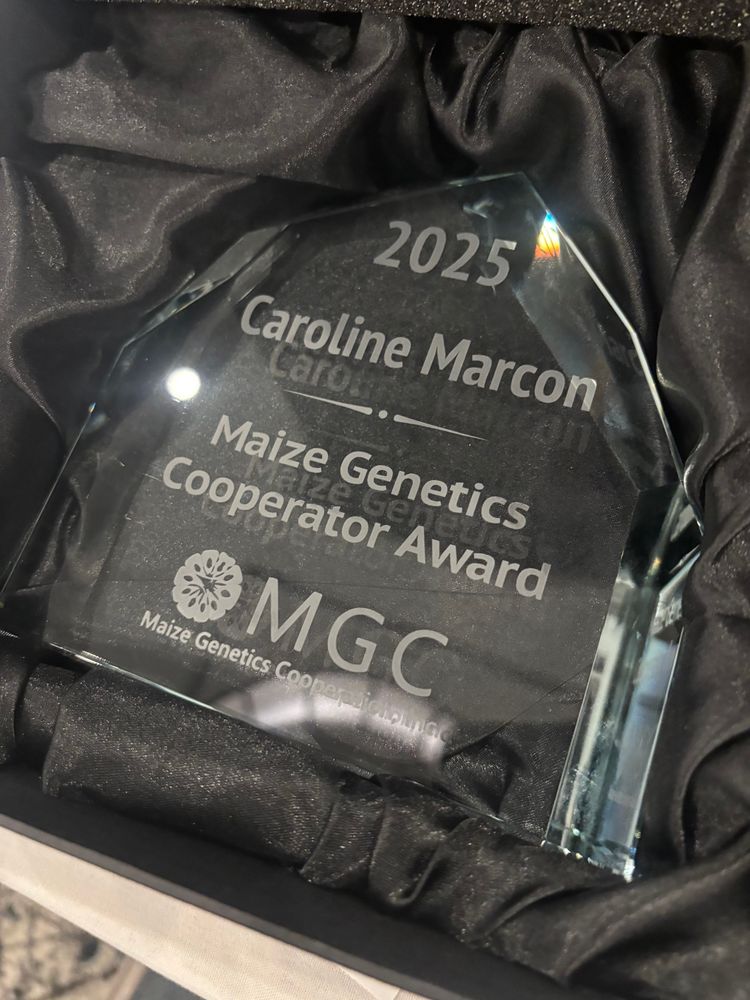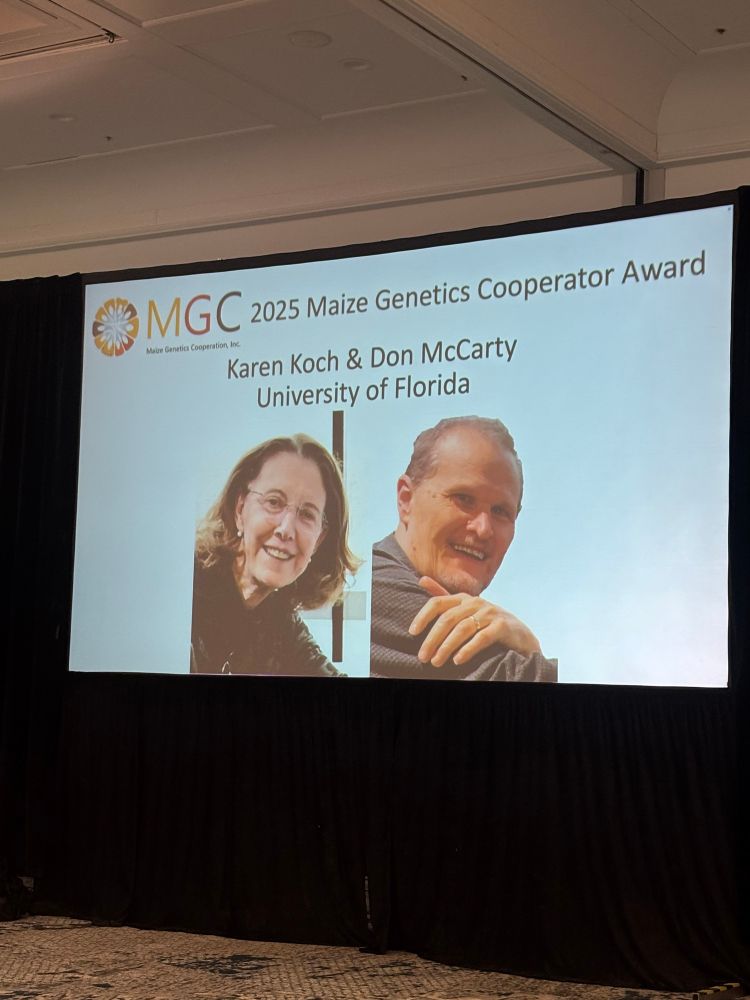

I asked ChatGPT to draw a maize plant in the style of Salvador Dali. See the result below.
www.mgcmeeting.com

www.mgcmeeting.com

genomebiology.biomedcentral.com/articles/10....

genomebiology.biomedcentral.com/articles/10....
The cover image highlights the work by Marcon,
@hochholdingerf.bsky.social et al,who provide a detailed protocol for Mu-Seq, an approach to identify and map mutations in Mu-tagged insertional mutagenesis populations in maize.
⬇️Links below
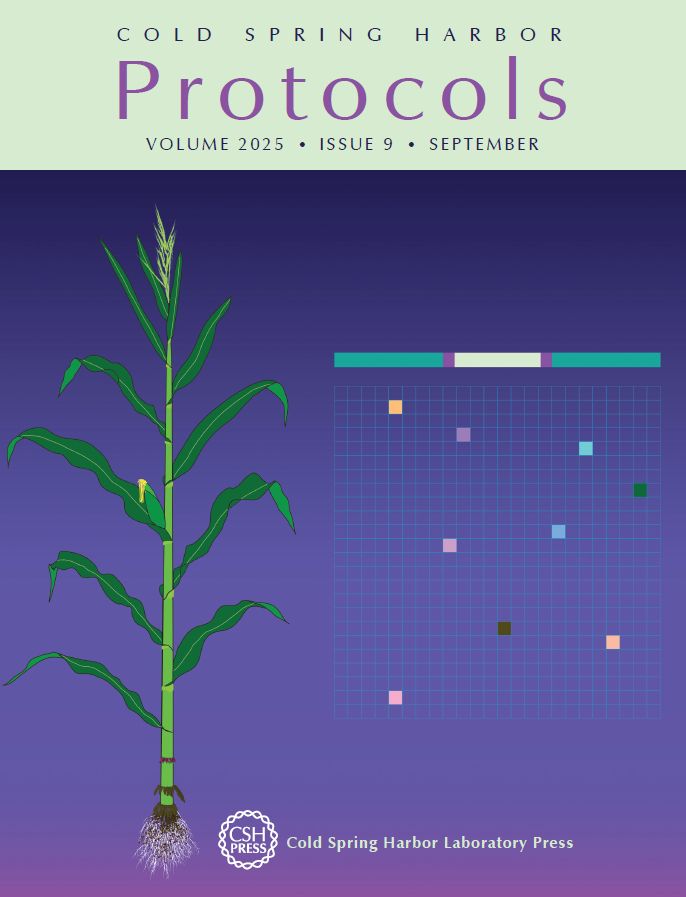
The cover image highlights the work by Marcon,
@hochholdingerf.bsky.social et al,who provide a detailed protocol for Mu-Seq, an approach to identify and map mutations in Mu-tagged insertional mutagenesis populations in maize.
⬇️Links below



Intern: "That one day I'm going to publish a paper, and a bunch of people are going to sit around a table and rip it apart."
Intern: "That one day I'm going to publish a paper, and a bunch of people are going to sit around a table and rip it apart."






😳
😳

PhD position: systemic modulation of #maize root system architecture by seminal roots to adapt to #drought
In Frank @hochholdingerf.bsky.social ‘s lab @unibonn.bsky.social
www.deutsche-botanische-gesellschaft.de/en/job-openi...
PhD position: systemic modulation of #maize root system architecture by seminal roots to adapt to #drought
In Frank @hochholdingerf.bsky.social ‘s lab @unibonn.bsky.social
www.deutsche-botanische-gesellschaft.de/en/job-openi...
Follow us to know more about our research at the ZMBP @unituebingen.bsky.social in beautiful Tübingen
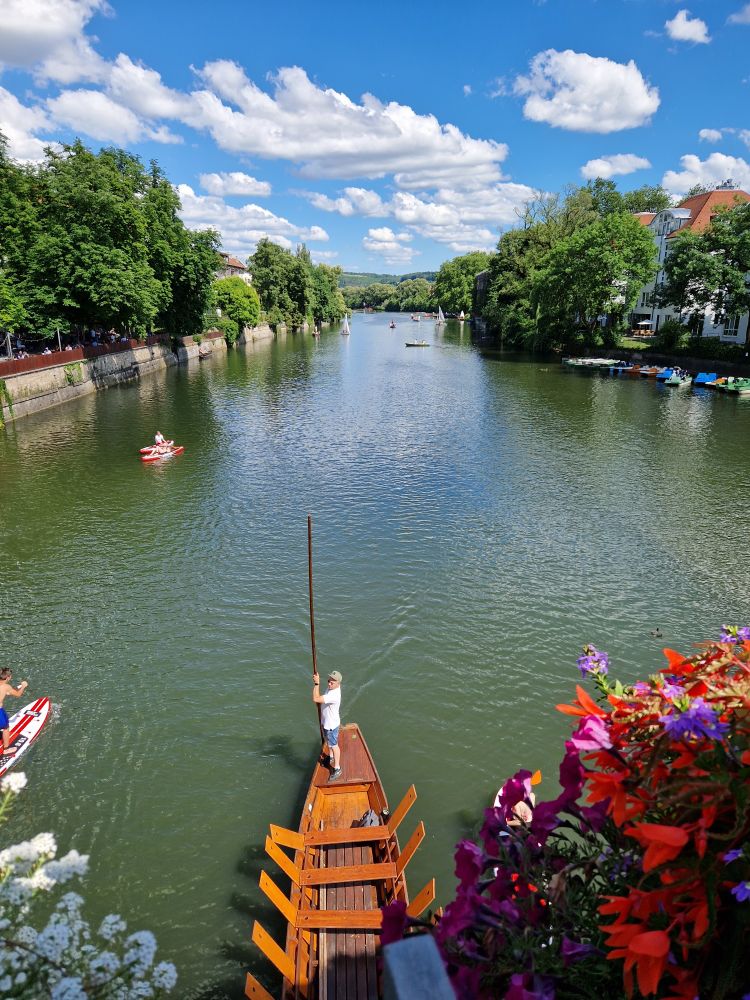
Follow us to know more about our research at the ZMBP @unituebingen.bsky.social in beautiful Tübingen
#Biologists100
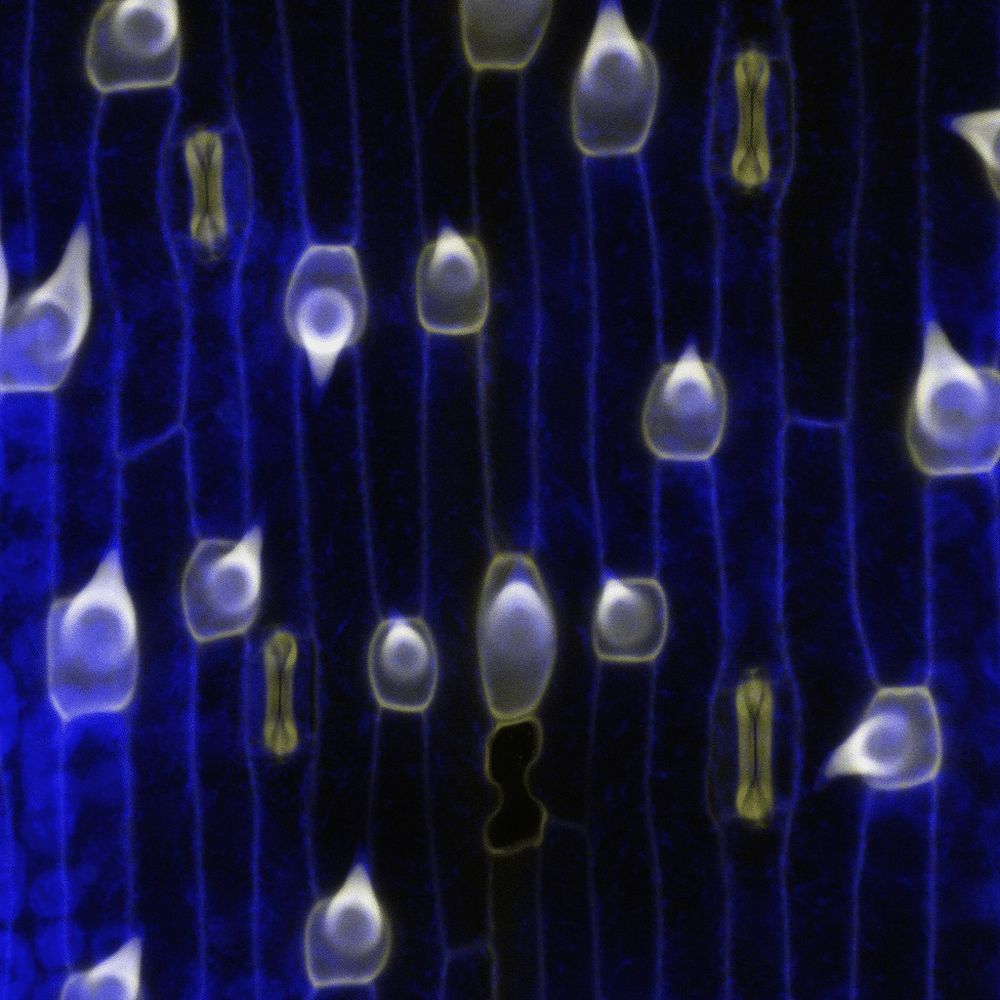
#Biologists100
💡 Plant embryogenesis is the process by which embryos develop from the fertilized zygote, involving the establishment of apical-basal polarity, meristem initiation, and lateral organ formation.
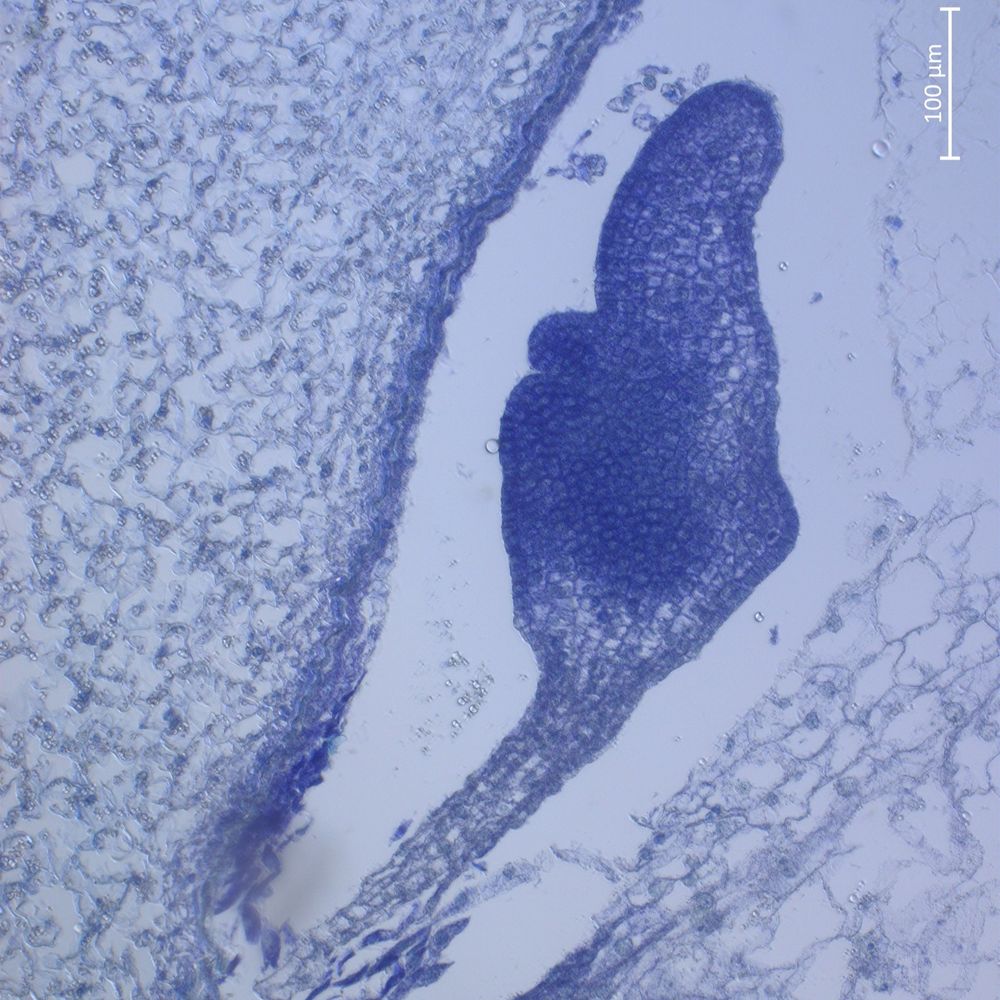
💡 Plant embryogenesis is the process by which embryos develop from the fertilized zygote, involving the establishment of apical-basal polarity, meristem initiation, and lateral organ formation.

www.nature.com/articles/s41...
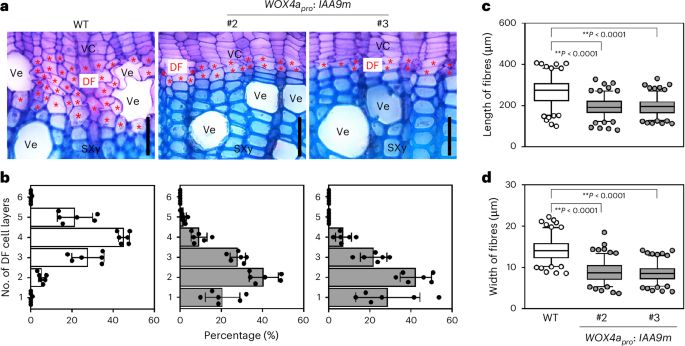
www.nature.com/articles/s41...





